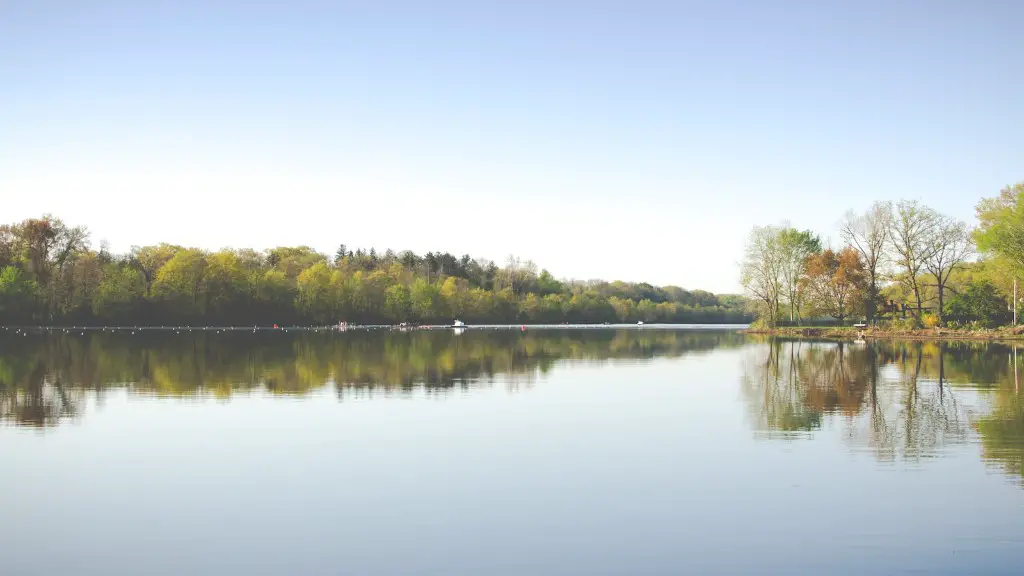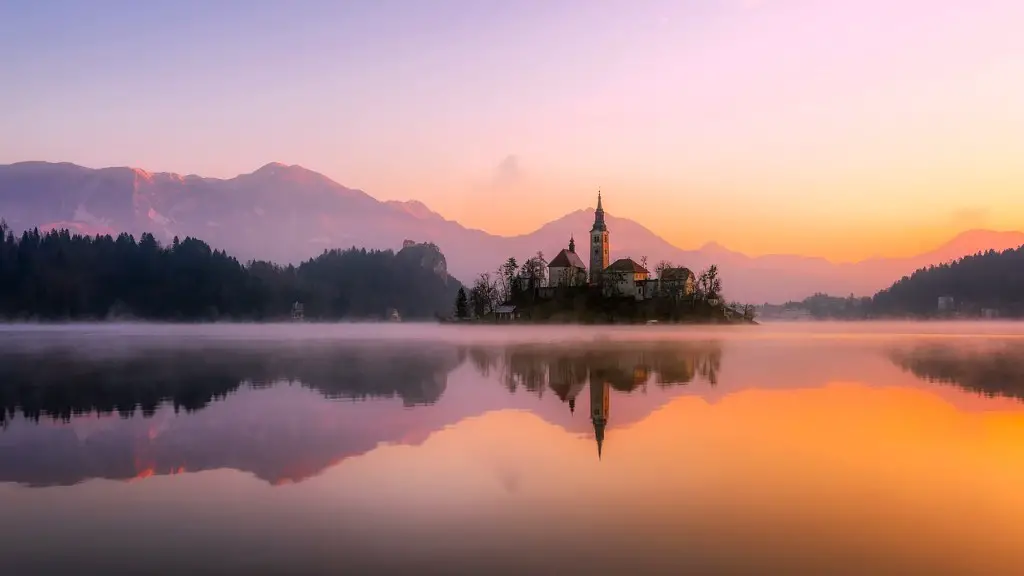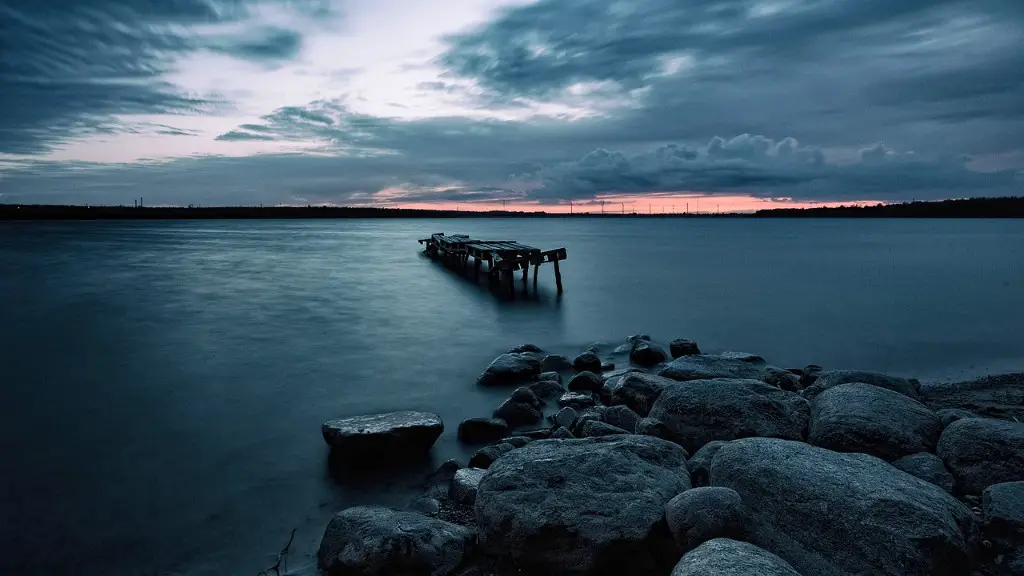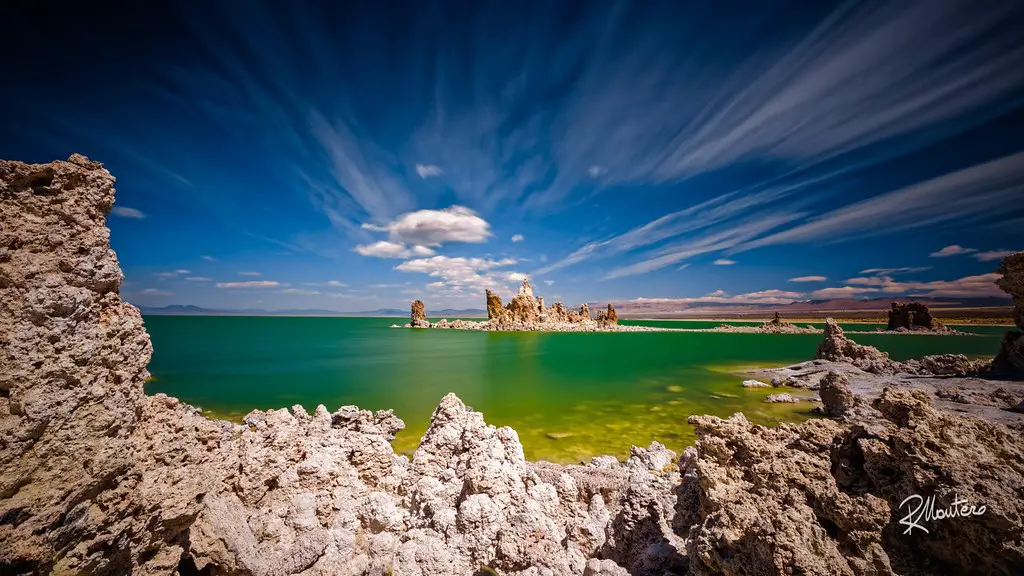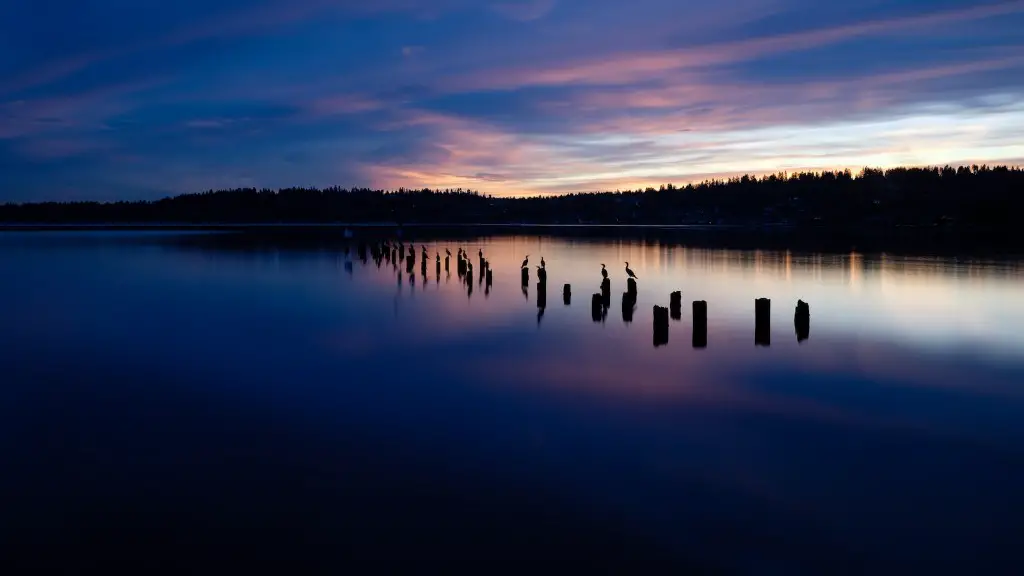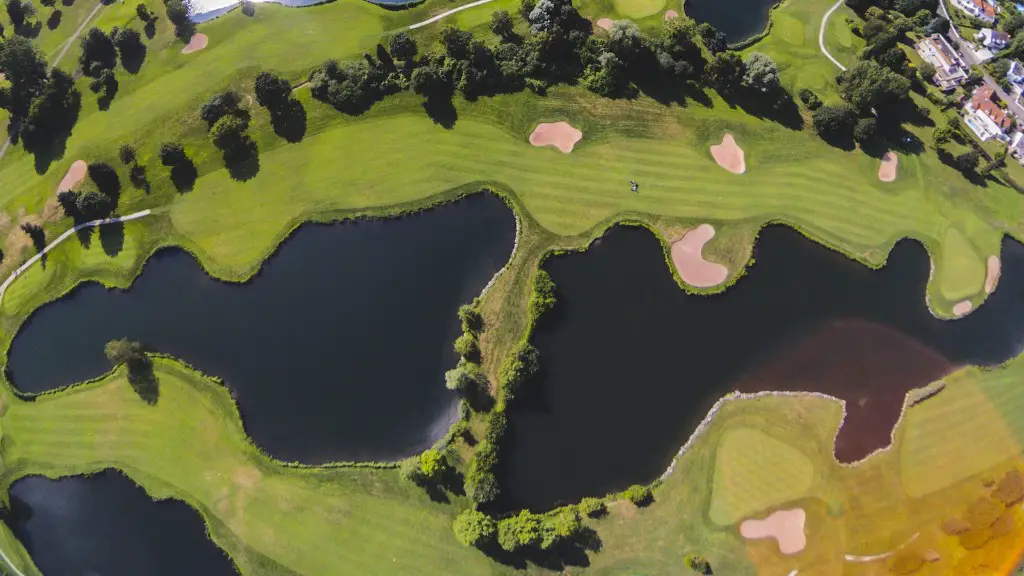Spanning almost 16,000 square kilometres, Lake Baikal is the oldest and deepest freshwater lake in the world. It is estimated to be 25 million years old, as deep as 1637 meters, and contain one fifth of the world’s freshwater supply. Located in Siberia in Russia, the lake is regarded as one of the most fascinating natural wonders worldwide, with an untold number of endemic species.
It is believed that the name Baikal is derived from the Mongolian word ‘baigal’, which means ‘a great lake’. The region exhibits a rich biodiversity comprising of a large number of flora and fauna species, one third being endemics.
Locals around Lake Baikal believe that the lake is sacred, as its mysteries yet remain unconquered. It carries a vast culture, inspiring generations of both locals and travelers. Apart from its fascinating natural beauty, the lake is also home to various traditional activities like hunting, fishing, berry and mushroom picking, and so on.
Surrounded by mountain chains, Lake Baikal is located in Russia, approximately 580 kilometres east of the capital, Moscow. UNESCO declared the site as a World Heritage in 1996. The lake lies in the south of Siberia and is surrounded by three mountain ranges, namely, the Barguzinsky Ridge, the Khamar-Daban, and the Baikal Range. Another significant mountain range that creates a folded structure around the lake is the Chikoy Range. The lake is fed by over 300 streams and rivers, and the Angara River is the main outflow.
As one of the most ancient lakes on the planet, the lake has shaped its own unique culture, somewhat intertwined with the surrounding mountains and other natural formations of the basins. In fact, the lake has also been declared a biosphere reserve by UNESCO, as it is home to a large number of distinct species of wildlife.
The ecosystem of Lake Baikal is highly sensitive. Any alteration caused by external agents, such as pollution, could have tremendous influence in the immense and fragile system of the lake’s environment. Research and studies have averaged that over 1000 species of plants, fish and crustaceans lived in the waters of Baikal – out of which 80% are endemic species.
The lake is home to some endemic species of herring, grayling and the omul – a popular whitefish in the region, specifically found in Baikal and some other nearby lakes. In addition, the lake is believed to be home to some underwater springs and hot streams, which are believed to sustain its biodiversity.
The Climate of Baikal
Lake Baikal is covered by snow for about half a year, starting from October. Average temperatures range from -45° Celsius in winter to 15° Celsius in summer. Winters are long and humid, whereas summers are short and warm. Despite the extreme temperatures, summertime is the best time to explore Lake Baikal.
The surrounding areas are full of picturesque sceneries, appealing both mountain and nature lovers. The Taiga and mountain ranges around the lake also offer a plethora of trekking, backpacking and mountain biking activities.
The town of Listvyanka, located at the foot of the Baikal Mountains, is famed as the “Gateway to the Baikal.” Numerous cultural, spiritual, and historical sites can be found in the heart of Listvyanka, which make it the best place to start exploring the lake. One of the most popular activities in the region is to take a boat ride – which gives the perfect opportunity to experience the immensity of the lake.
Paradise for Wildlife Observers
Lake Baikal is renowned for its wide variety of wildlife, particularly wintering waterfowl. In addition to its natural wealth, the lake is also home to scientific research stations, as well as educational and cultural reserves.
The rich biodiversity of the lake has attracted not only scientists, but also nature lovers from all around the world. It is estimated that the lake hosts over 1,200 species of plants, some of them endemic to Lake Baikal. In addition, the lake is home to a species of unusual animals and fish such as the Baikal oilfish and the Golomyanko. The lake is also a popular spot for bird-watchers, as some rare and captivating species can be observed during the summer months.
Apart from its abundant wildlife, the lake’s waters also hide several wrecks. There are some highly valuable antiquities, such as the remains of a battle cruiser that sank during the Russian civil war.
How Climate Change Has Impacted Lake Baikal
Climate change is beginning to have an effect on the lake’s ecosystem, with rising water temperatures and decreasing water levels. Considering the lake is so remote, there is no possibility to use any kind of geoengineering or human interference to counter this. As a result, the lake has started to lose many of its endemic species.
In the past few decades, the water temperature has risen by 1.5° Celsius on average, and the ice coverage has declined significantly. In the warmer months, the water temperature of the surface layers can reach around 20° Celsius. Biologists have noticed a decrease in the number of the endemic omul fish, as well as several other species.
Climate change is not the only threat to the lake, as pollution and overfishing are also having a major effect. Noxious pollutants such as liquid mercury and fertilizer are entering the lake, and its endemic species face the risk of extinction. Authorities are trying to impose strictly enforced protected areas in an effort to reduce the pressure on the lake’s biodiversity, but the effects of these efforts remain to be seen.
Conclusion of a Devastating Future
Despite the conservation attempts, the future of Lake Baikal remains uncertain. It is estimated that the lake’s environment may suffer severe and irreversible effects from climate change in the next few decades. The fisheries, along with other biotic components, may decline drastically. There is a need for quick and effective action to address the issues of climate change and the anthropogenic effects causing irreparable damage to the lake.
The Mythology Surrounding The Lake
The beauty and mystery of the lake have inspired many legends, myths and stories throughout its history. Many stories attribute different supernatural and spiritual powers of the lake. According to local beliefs, the lake is the embodiment of the spirit and birthplace of a deity called Vimalyon, who is believed to be associated with the healing of pain. There are a bunch of legends told by the elders to their children, who in fact still continue to haunt the lake, as if forming part of its extended family.
People have been venerating the lake for centuries, and native beliefs are still alive today, inspiring locals and visitors to take part in activities that do not disrupt the lake’s ecosystem balance. It’s hard to resist the supernatural power and beauty of the lake,in a way the majestic Blue Lake will always remain an unsolved mystery!
Revivals of Traditional Activities and Festivals
The traditional activities of the local community and their inherent cultural values have managed to endure the challenges posed by urbanization. For instance, traditional fishing and farming are still practiced by the local inhabitants of Lake Baikal, who also organize several celebrations to mark the traditional occasions such as birth, marriage and death.
Folk festivals such as the ‘Baikal Ice Festival’ are some of the most anticipated events around the lake. The event is observed every year during the prime of winter, and is celebrated with ice sculpting competitions, food, music and much more. Apart from the festivities, this event also serves to raise awareness about the various environmental challenges faced by the lake.
The local communities also find solace in the traditional sports of wrestling, catching fish and bear hide. Such activities make it easy for travelers to familiarize themselves with the local heritage.
Sustainable Tourism: A Balancing Act
In recent years, Lake Baikal has emerged as a popular tourist destination. It has made the lake’s fragile ecosystem even more vulnerable to human interference. In order to promote sustainable tourism, visiting the lake should be encouraged while avoiding disruption of its environment.
The booming tourist industry on the lake’s shores should focus on restricting the amount and kind of resources used. The introduction of non-invasive measures such as eco-friendly boats and other forms of transportation can help minimize human interference.
Proactive steps need to be taken towards introducing sustainable methods of tourism, avoid damaging practices and ensure that the resources of the lake are used with great caution and respect. These efforts will ensure that Lake Baikal’s natural beauty remains intact for years to come.
Conservation Efforts to Protect the Lake
Despite all the threats and challenges, concerted efforts are being made to protect the ecosystems of Lake Baikal and its surrounding areas. For instance, the WWF is working with the local communities to build a network of parks, reserves and protected areas across the region. The place-based conservation initiatives by the government and local organizations are also helping to restore damaged ecosystems.
Russia has also introduced regulations to restrict the number of ships entering the lake. This is expected to help protect the lake from further deterioration due to unrestrained human interference. Researchers and scientists also work tirelessly to extensively study the lake, with the aim of protecting its biodiversity and raising awareness about its fragility.
Apart from its rich history and culture, natural beauty, and diverse wildlife, Lake Baikal is also the source of livelihood to many communities that draw from its waters. Protecting the lake is imperative not just to safeguard the environment, but also to ensure the quality of life of the people living around it.
Education and Advocacy
Educating people about the importance of conservation and spreading public awareness is necessary to ensure that the lake is properly managed, and its resources are protected from overexploitation. Several educational institutions and NGOs are actively working towards raising awareness and advocating for the lake.
Educational programs, workshops and online platforms are some of the tools used to spread awareness and advocate for the lake’s conservation. These programs are tailored to cover various environmental issues – from climate change to pollution, and from deforestation to overfishing. Participating in such programs not only helps to gain knowledge, but also helps to contribute towards the conservation of Lake Baikal.
In essence, the impact of human activities on Lake Baikal and its ecosystem can be minimized and even reversed if concerted efforts are made from all levels, from individuals to organizations, to ensure the long-term health of the lake.
